Tree Supports in 3D Printing: A Helpful Guide
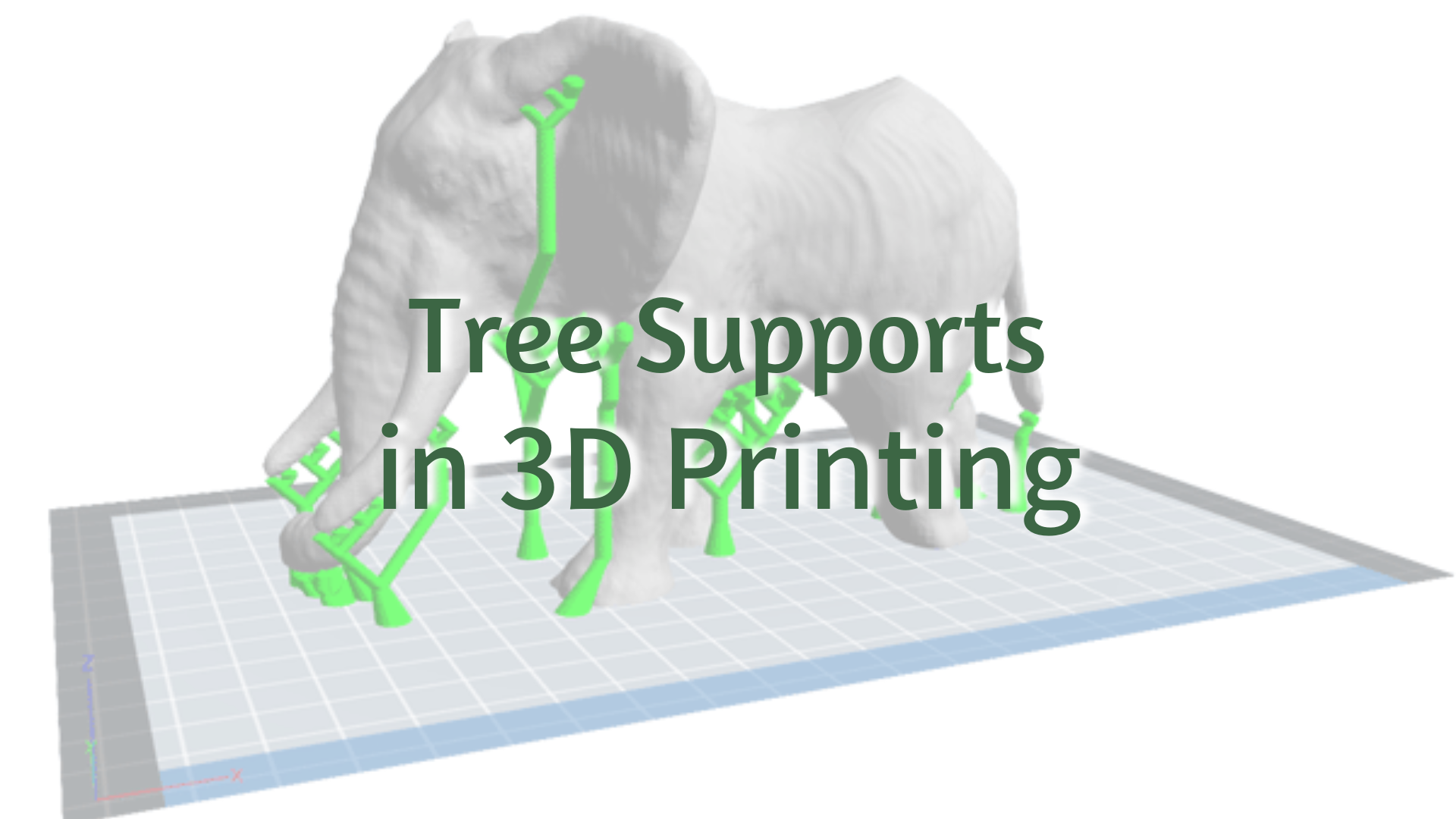
Tree supports in 3D printing are structures that precisely support overhangs and fine details, making clean-up easier than traditional supports.
Introduction
Tree supports are a new kind of 3D printer support. They look like little trees - with a main trunk that branches out only where the model needs support. This touches the model in fewer places than regular supports.
When the supports are removed, it leaves the model with a smoother surface. Tree supports also use less filament than regular supports. This could save money on the plastic needed for printing.
What are Tree Supports in 3D Printing
Definition of Tree Supports
Tree supports in 3D printing refer to a branching support structure that resembles the way a tree grows. The base of the support acts as the trunk, providing a foundation from which finer support branches extend outward. These branches are designed to sustain overhanging or horizontally protruding surfaces of the 3D model during printing.
3D printing tree supports work like a real tree. Just as a tree's branches grow out from its trunk to hold up leaves and limbs, tree supports in 3D printing branch out from a main base to hold up tricky parts of the model.
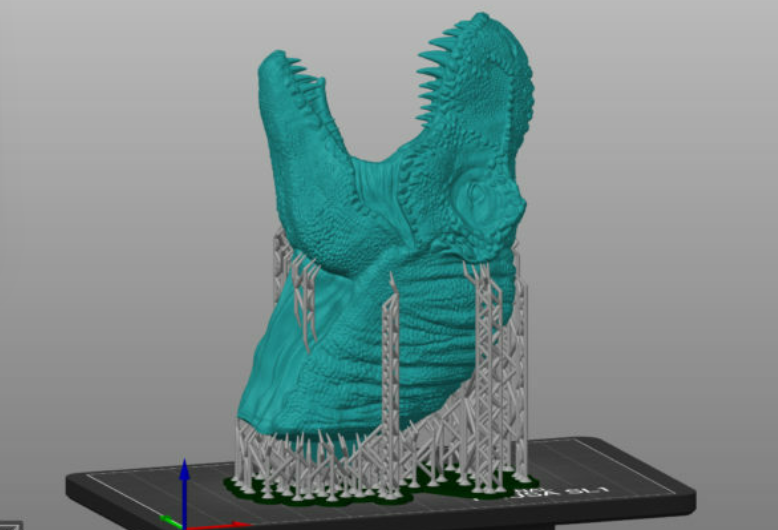
How Tree Supports Differ
Supports are temporary structures printed at the same time as the object. They act as a framework that holds up tricky areas during the build process. By filling in gaps and maintaining the shape, supports allow all sections of the design to be completed successfully.
Once printing is finished, the supports are removed, leaving only the finished 3D object. Without this supportive framework, some geometries would be impossible to 3D printing due to collapsing or deformation. Supports play a vital role in overcoming challenges posed by downward-facing or complex shapes.
There are many kinds of supports in 3D printing. Each of them has its own features.
Feature | Tree Supports | Linear Supports | Dissolvable Supports |
|---|---|---|---|
Structure | Branch-like, touches model at minimal points | Grid-like, forms solid block under overhangs | Can vary, often mimics standard supports |
Material Usage | Less material used | More material used | Similar to standard supports |
Print Time | Generally faster | Generally slower | Similar to standard supports |
Support Removal | Not required, dissolves in solvent | Harder to remove, may damage model surface | Not required, dissolves in solvent |
Suitability for Overhangs | Ideal for complex overhangs, angles, and bridges | Ideal for flat overhangs | Ideal for all overhangs, complex geometries |
Availability | Not all slicing software offers tree supports | Most slicing software offers linear supports | Not as widely available as standard supports |
Post-Processing | None | None | Requires submerging the print in solvent for dissolving supports |
Material Cost | Generally higher | Generally lower | Generally higher |
How Tree Supports Work
Tree supports copy how tree branches grow to give support exactly where the print needs it. They protect parts that hang over nothing below.
Step 1. Algorithmic Generation
The software analyzes the 3D model file to identify overhanging areas that will need support. It uses a complex engineering algorithm to calculate the optimal branching structure needed.
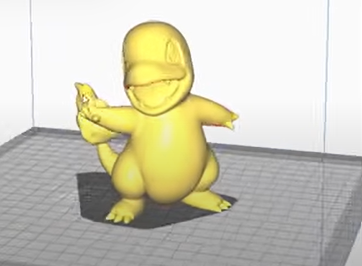
Source: ModBot via youtube
Step 2. Branching Structure
The algorithm places a central vertical trunk in the appropriate location for primary support. This trunk tapers slightly thinner towards the top for easier removal later. Additional vertical trunks may be added if separate support zones are needed.
Step 3. Adaptive Branching
Thin beams curve from the main beams at set spaces. As they extend out, the program smartly spreads them wider only under parts needing support. Beam thickness gradually shrinks as they lengthen from the main beams for exact support placement.
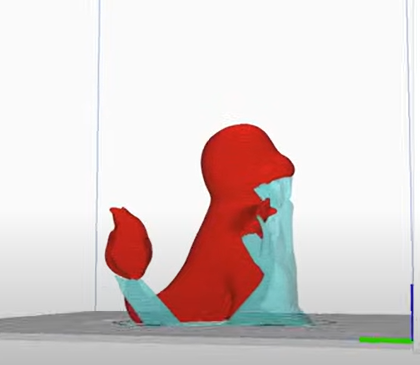
Source: ModBot via youtube
Step 4. Optimization
The 3D printer iteratively optimizes the tree structure to use the least amount of material required for the job. It strategically incorporates empty spaces to reduce weight and material volume. Support points are adjusted millimeter-by-millimeter to achieve an efficient, stable configuration.
Step 5. Printing Process
The 3D printer creates the 3D model and customized tree support structure as 3D mesh data in the print files. It then uses common FDM/FFF processes to precisely build both the model and supports at the same time, layer by layer. The filament is selectively extruded to form each thin section.
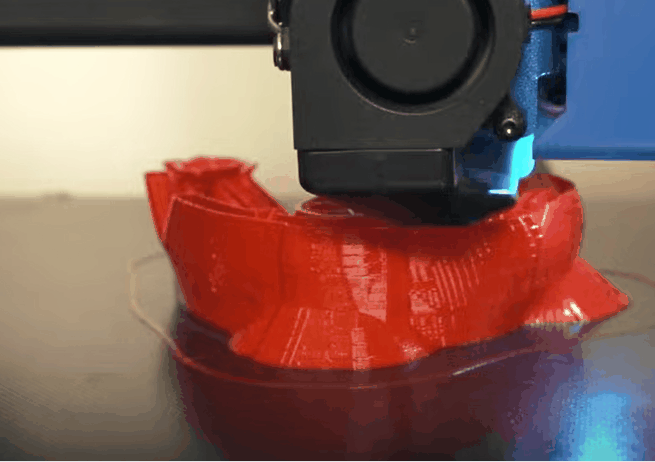
Source: ModBot via youtube
Step 6. Removal
After cooling, the thin branches are easily removed one by one by hand starting from the top. They were placed in a careful way so they slide right off the detailed parts, leaving a smooth surface without damage or leftovers behind.
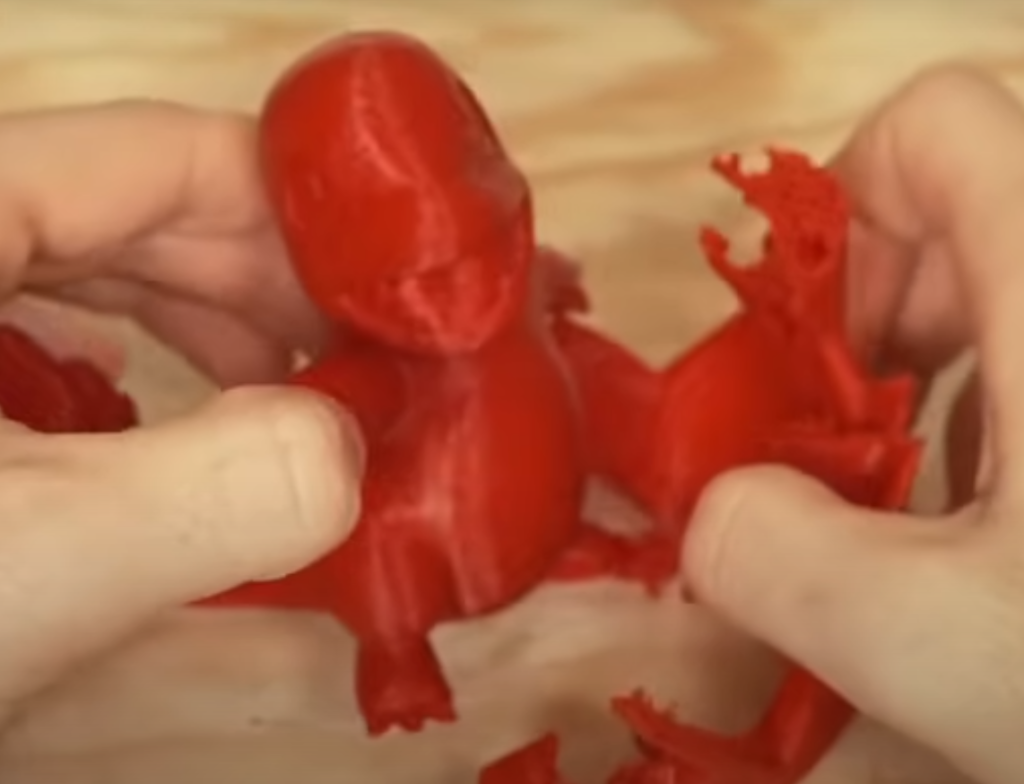
Source: ModBot via youtube
Benefits of Tree Supports in 3D Printing
There are many benefits of tree supports. They use branching like tree branches to use less material, print faster, provide better surfaces, and allow for easier support removal compared to other supports.
Reduction in Material Usage
Tree supports use a branching hierarchical structure similar to a real tree. This allows them to provide support with a much smaller volume of material compared to solid block supports. Reducing the amount of support material needed lowers printing costs through savings on filament use.
Enhanced Printing Speed
Because tree supports take up less space than solid supports, less time is spent printing the support structures themselves.
This leads to faster overall print times, especially for more complex designs with many overhangs. Models with intricate geometries will see printing speed improvements.
Reduced Post-Processing
Tree supports are designed to minimize contact points with the model, resulting in fewer support marks or blemishes on the finished print.
This leads to a smoother surface finish and higher overall print quality, reducing the need for extensive finishing.
More Detail Stays
Tree supports hold up just the important parts carefully. This helps keep small and fancy design details from getting squashed or damaged while printing. The finished prints look closer to the original 3D file with sharp details.
Greater Design Freedom
Regular supports can limit complex shapes. They may get in the way where the print sticks out. But tree supports grow like branches. Software makes them fit weird details better.
Tree supports let you try prints with complex designs that stick far out while regular supports may not work for those tricky shapes. Tree supports give more choices to make tricky prints perfect.
Application of Tree Supports in 3D Printing
These unique features make tree supports ideal for a variety of applications across various industries:
Jewelry and Accessories
Tree supports excel at providing targeted support for overhangs and complex geometries. This allows for the creation of highly detailed pieces in jewelry, miniatures, and collectibles, while minimizing material waste and post-processing effort.
Example: Tree supports can ensure 3D printers maintain delicate features when printing intricate filigree designs for earrings.
Custom Prototyping and Rapid Manufacturing
Tree supports are well-suited for rapid prototyping and custom production due to their versatility in handling complex shapes. They can now quickly produce complex prototypes that were previously unprintable.
Example: Designing and printing complex architectural models of buildings with intricate facades, using tree supports to capture fine details.
Dental and Medical Devices
Medical devices often require precise geometries and accurate fit. Tree supports facilitate the printing of customized components with intricate details, ensuring a perfect fit and reducing the need for manual adjustments.
Example: Dental crowns with intricate details utilizing tree supports for precise 3D printing with minimal post-processing
Sculpture Fabrication
Tree supports empower artists to explore new possibilities. They provide the stability needed to print large-scale sculptures with intricate details, allowing artists to push the boundaries of their creative expression.
Example: Printing large-scale sculptures with intricate details, such as flowing fabric or intricate patterns, supported by tree structures to maintain stability during printing.
When to Use Tree Supports in 3D Printing
If you're looking for a versatile and efficient support option for your 3D prints, particularly for complex designs, tree supports are definitely worth considering!
Overhangs
When your 3D model has sections that extend outward without support underneath, tree supports are helpful. They can provide targeted support directly beneath these overhangs, ensuring they print accurately and without drooping.
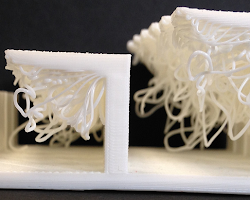
Source: medium.com
Complex Geometries
For designs with curves, bends or twisted parts, tree supports work well. Their branching grows in a way that supports all the curves without using too much material.
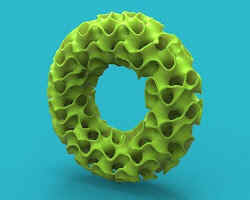
Bridging
Tree supports are good when you have gaps between parts of the print. They stretch across the gaps in a branch-like way to keep everything steady while it prints.
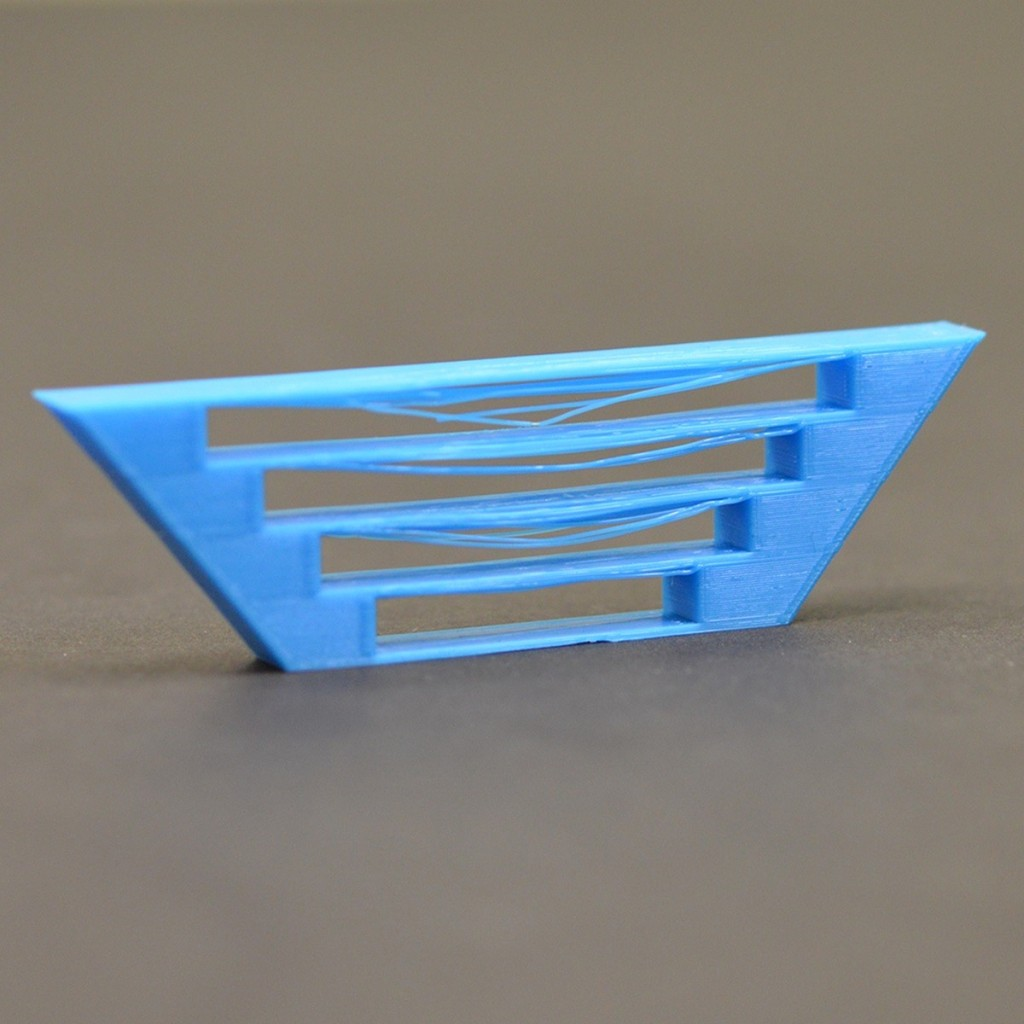
Source: simplify 3d.com
Minimizing Support Material Waste
If you don't want to use too much extra material, tree supports are better. They only add support where the print needs it instead of filling empty spaces.
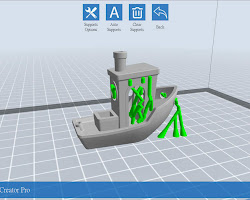
Support Removal Ease
Tree supports offer easier support removal compared to some other types. Their branching structure often allows for cleaner breaks and less residue on the finished print, making post-print cleanup faster and more straightforward.
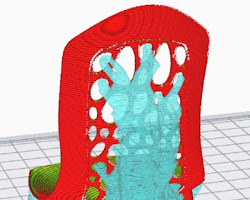
Conclusion
Tree supports use a branching structure to support 3D prints. By mimicking the natural design of tree branches, tree supports efficiently scaffold prints during additive manufacturing.
Typically, we use tree supports when printing objects are intricate. Their branching helps supports prints that standard supports cannot do alone. Selecting tree supports for the right applications maximizes the benefits they provide.
Achieve Flawless 3D Printing at Unionfab
At Unionfab, we understand the importance of achieving flawless results in your 3D printing projects. Tree supports offer a revolutionary approach to achieving clean, high-quality prints, especially for intricate designs.
Unionfab is here to empower your creativity with all kinds of supports and great finishing service. Our team of experts can help you leverage the advantages of 3D printing to unlock the full potential of your designs.


